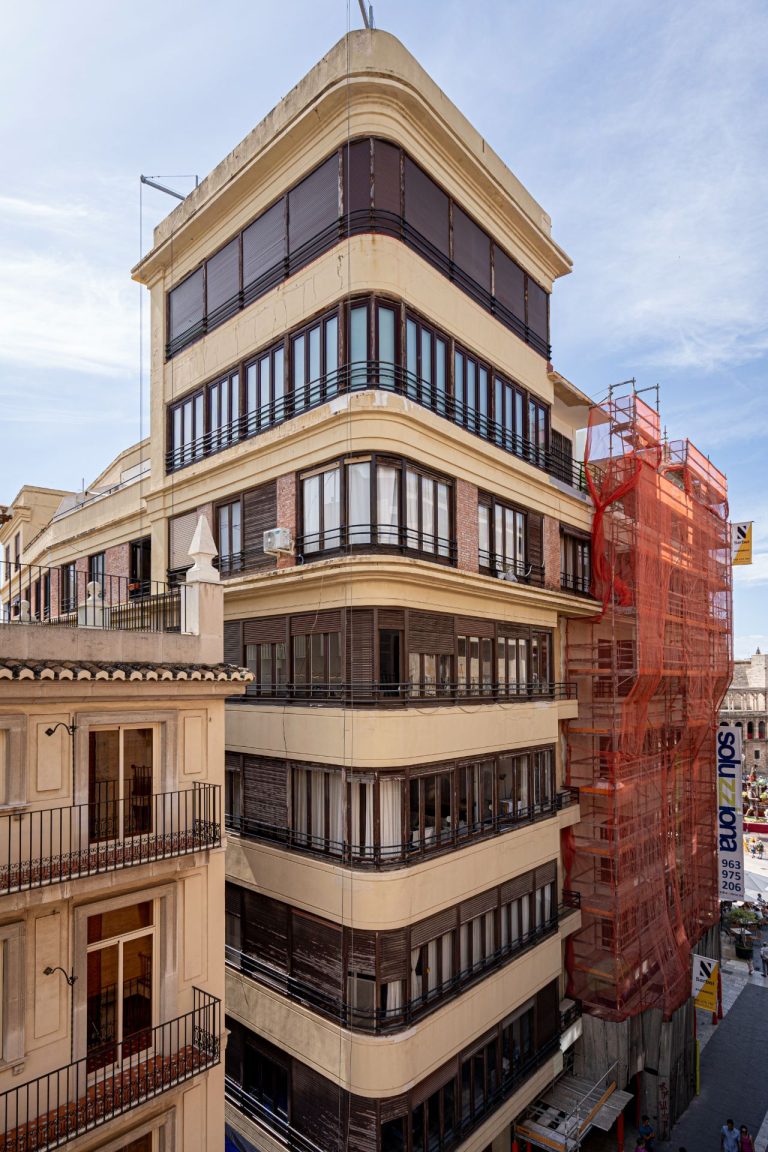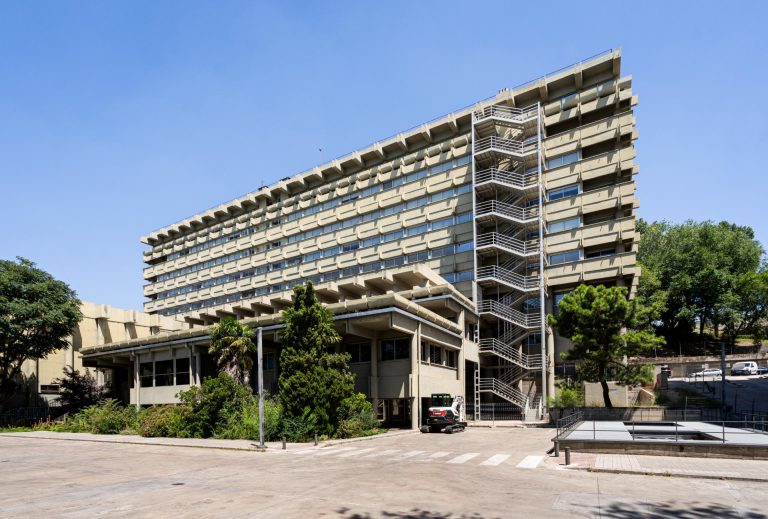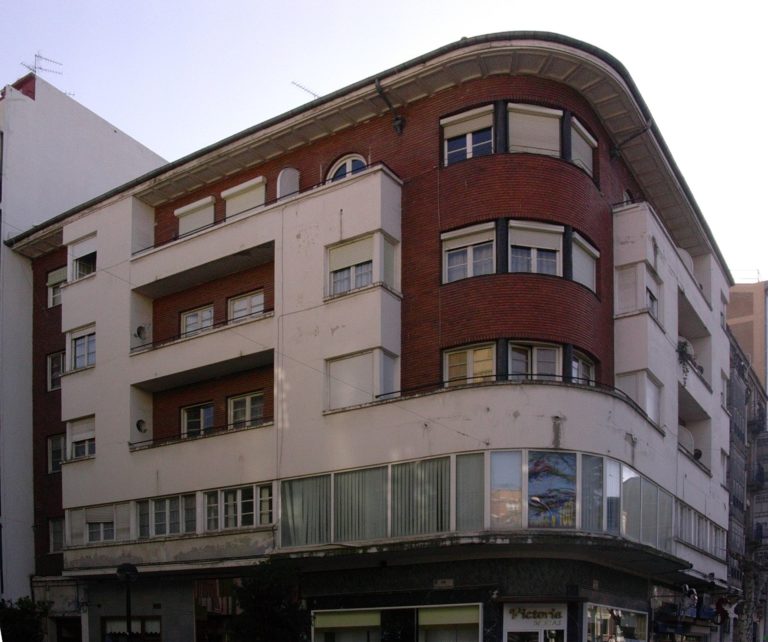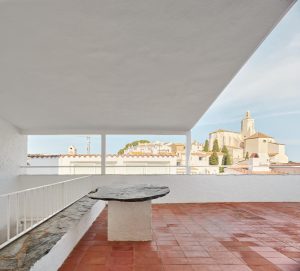Abstract
Modern architecture faces a revision of its original principles and foundations in the 1950s, as well as the difficult question of how to address the needs of society after the crisis resulting from the Second World War. Architecture journals in Europe are witnesses of those years and reflect the immediacy of the first ideas that authors and architects try out through texts and works, the objectives of which go through a necessary crisis in modern architecture of the first half of century. The great debates that are published in Europe seek answers to questions as diverse as the need for a new monumentality or the reconstruction of cities, looking for arguments in the progress of construction techniques and new technological advances or historical tradition, deriving those searches in dialectical confrontations that depict a complex and difficult scenario. In the United States, European debates are featured in journals with unequal interest, although European history and the modern movement become instruments of validation of American architecture from the International Style to the architecture of large corporations and finally postmodernism, always with Wright’s figure as a reference. The alliance of modern architecture with American industry is key in this process, which also announces the displacement of European hegemony to make way for a new and lasting American leadership.
Access the thesis











